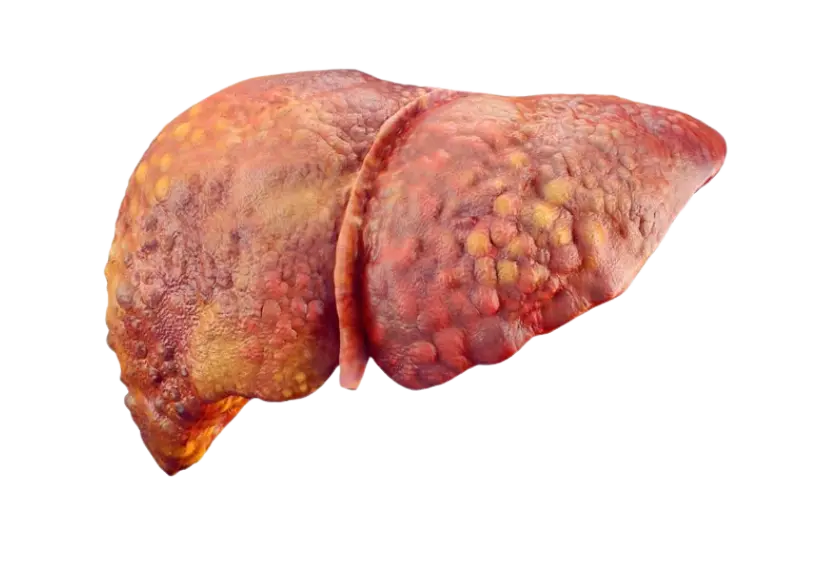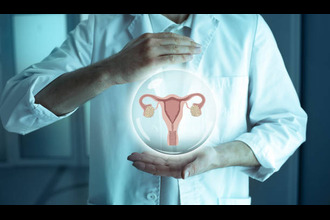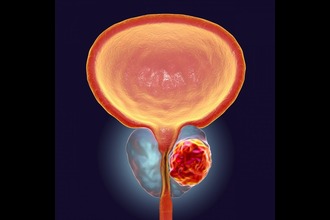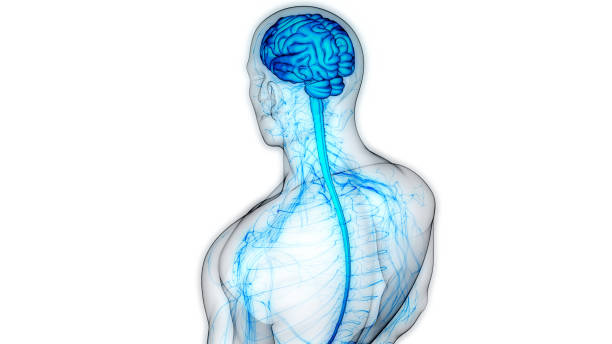This is one of the most common types of PCOD, affecting a large number of women. It occurs due to lifestyle factors such as smoking, excessive sugar intake, and pollution. In this condition, increased insulin levels disrupt ovulation and stimulate the ovaries to produce testosterone.A woman may have insulin-resistant PCOD if she experiences:
Decoding Certain Aspects Associated with the PCOD Condition
Polycystic Ovarian Disease is the full form of PCOD. It is estimated that about 5-10% of women aged 12-45 years experience PCOD. Generally, women experience this condition during their reproductive years.Now, let’s head towards the problems arising from PCOD.
Polycystic Ovarian Disease is the full form of PCOD. It is estimated that about 5-10% of women aged 12-45 years experience PCOD. Generally, women experience this condition during their reproductive years.
Now, let's head towards the problems arising from PCOD. Most commonly, women experience hormonal imbalances when dealing with PCOD symptoms.
How can one confirm the presence of PCOD in a woman? Evidence emerges when a woman experiences an abnormal menstrual cycle and irregular ovulation phase.
As a result, a woman may struggle to conceive due to PCOD. PCOD symptoms can be confirmed when there are unpredictable periods, lack of ovulation, severe skin inflammation, and prolonged absence of menstrual cycles.
Besides, the condition worsens and may lead to severe complications when left untreated. It can be linked to rising cholesterol, weight gain, and diabetes. As a result, it may start affecting the heart and overall health.
Symptoms Associated with PCOD
Most commonly, every patient experiencing PCOD displays a certain set of similar symptoms. Below are some key symptoms to help track PCOD:
- Visible Marks: In certain cases, women develop visible marks such as acne or redness on the face, back, and neck.
- Weight Gain: PCOD often leads to weight gain, making it difficult to lose weight despite ample exercise or workouts.
- Hair Thinning: Another visible impact is on scalp hair. Hair may become thinner, even with regular oiling.
- Menstrual Irregularities: One major symptom is menstrual irregularity. Scientific research shows that women suffering from PCOD face inconsistent or irregular periods.
- Fertility Issues: PCOD can impact fertility, making it difficult for a woman to conceive naturally.
- Depression and Anxiety: Due to the hormonal imbalance and physical changes, PCOD may lead to mental health challenges such as depression and anxiety.
Types of PCOD
Generally, PCOD is categorized into four types. Below is detailed information on each type:
Insulin-Resistant PCOD

Inflammatory PCOD
BPH is a non-cancerous condition in which the prostate gland enlarges. While it is a common condition, symptoms may not appear before the age of 40.According to scientific studies, approximately 50% of men aged 51–60 and 90% of men over 80 experience BPH.Common symptoms include:Difficulty urinating , Frequent urination urges even with an empty bladder, Nighttime urination , A sensation of incomplete urination ,Weak urine flow

Hidden PCOD
This is one of the most common types of PCOD, affecting a large number of women. It occurs due to lifestyle factors such as smoking, excessive sugar intake, and pollution. In this condition, increased insulin levels disrupt ovulation and stimulate the ovaries to produce testosterone.A woman may have insulin-resistant PCOD if she experiences:

Pill-Induced PCOD
This type of PCOD is triggered by the use of birth control pills, which suppress ovulation and cause hormonal disruptions. Women experiencing this condition should consult a doctor for proper diagnosis and treatment options.

Conclusion
Women dealing with PCOD should consult a doctor for proper evaluation and treatment. An expert gynecologist can provide the necessary guidance and medical support.










